“Rallying is all about getting from A to B quicker than the rest.” Sounds easy.
But these are the words of Jimmy McRae, a man with a talent and rallying pedigree that, like all the best folk in any particular discipline, make it all look so easy.
Of course, for mere mortals rallying is anything but easy. I know this because Jimmy and other experts tried to access my inner McRae gene, which, as it turned out, most likely isn’t there.
You can read about that on here later this week. In the meantime, though, chatting with Jimmy gave me an insight into what it takes to be a five-time British rally champion. He also passed the rally gene down to two of his famous rallying sons, Alister and the late, great Colin. Recently, he's been teaching film star Idris Elba how to do it as part of a new TV show.
On the subject of that gene, I ask Jimmy just how far natural ability will get you – if such a thing exists, of course.
“If you want to be successful, you have to have natural ability,” he says. “Anyone at the top, they have that natural ability somewhere.
“When you start learning, it is how you use the throttle, steering and brakes, how they feel and how you respond and stay in control. Once you have that, you build in the speed and progress from there.
“It takes a long time to get up the ladder, but once you’re there it will be because of a natural ability somewhere.”
Sounds conclusive. So once you have that ability, just what technical skills do you build in?
“It’s all a balancing act," he says. "You have got to get the balance right between brakes, throttle and steering, be able to take all that to the limit by adding cornering speed, knowing how late you can brake, how much you can slide the car and still be in control.”
There’s more, not least the reliance you have on the navigator sitting next to you calling the pace notes, and the relationship you have to build up.
“The relationship has to be the best; you’re relying on each other to be correct, and you have to trust them to be telling you the truth that you really should be flat-out in sixth. They have to be in control as well,” he says.
“Rallying is the ultimate multi-discipline event – if you don’t get one of the elements right you simply won’t be quick enough. “
On the subject of competing, Jimmy doesn’t say that today’s WRC teams and drivers have it easy, but talk of his competition days helps contextualise just how impressive his achievements were, and how rallying ‘blind’ (without extensive pace notes) helped build in an extra level of care and going fast without being “too fast”.
“In my day, you drove blind so the co-driver didn’t have as much to say, you’d just have a simple road book,” he explains. “Rallying blind you had to be correct… on the Circuit of Ireland, you’d do 600 miles blind, half of them in the dark. You had to have affinity with the road, and believe in what you were seeing. There were lots of mistakes then, as people thought you had to be fast all the time, but you needed care built in as well.
“You’d see people be quick on three stages but then fade away; you’d have to ignore people who were faster than you. If you were driving as fast as you could, they would be overdriving and would make a mistake. That’s why I won in Ireland seven times; I didn’t get drawn into battles. Some people knew certain areas better. You’d just have to sit back on those stages and not get drawn in.
“You’d know when you’d done well and set a good time on the stage. You drive at your own speed and be happy with it; sometimes you’ll be unhappy but you should never be too quick. You should always go at your own pace.”
As someone who this season is racing on the circuit for the first time, I ask Jimmy a question I think I already know the answer to: just how different a discipline is rallying to racing?
“In rallying, it’s you, the clock, your co-driver and a car,” says Jimmy. “In racing, you throw in 20 or so others into the mix. Racing a car, you can be the quickest person out there and still not win; there might be four guys in front you just can’t get past.
“In rallying, it’s you and the clock. You start the stage and have to get to the end quicker than anyone else, but they’re not there to upset you or get in your way. No shunts, no crashes, no being clipped; it’s you against the clock.
“In racing, you might get 10 attempts at one corner to perfect it, but in rallying there’s one shot and that’s it,” he says.
Brand new four-part series Idris Elba: No Limits transmits on Discovery Channel on 6th July at 9pm
Read more:
Rally school - how to race with the champions
Get the latest car news, reviews and galleries from Autocar direct to your inbox every week. Enter your email address below:

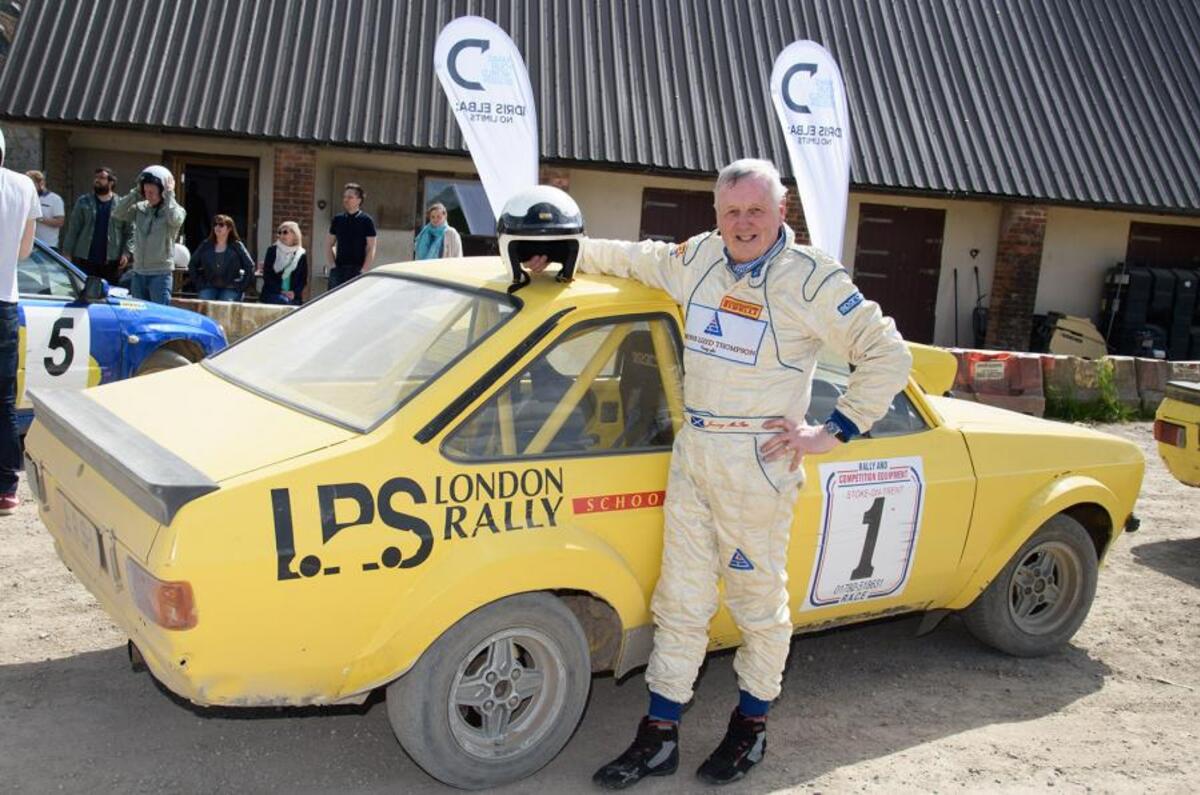
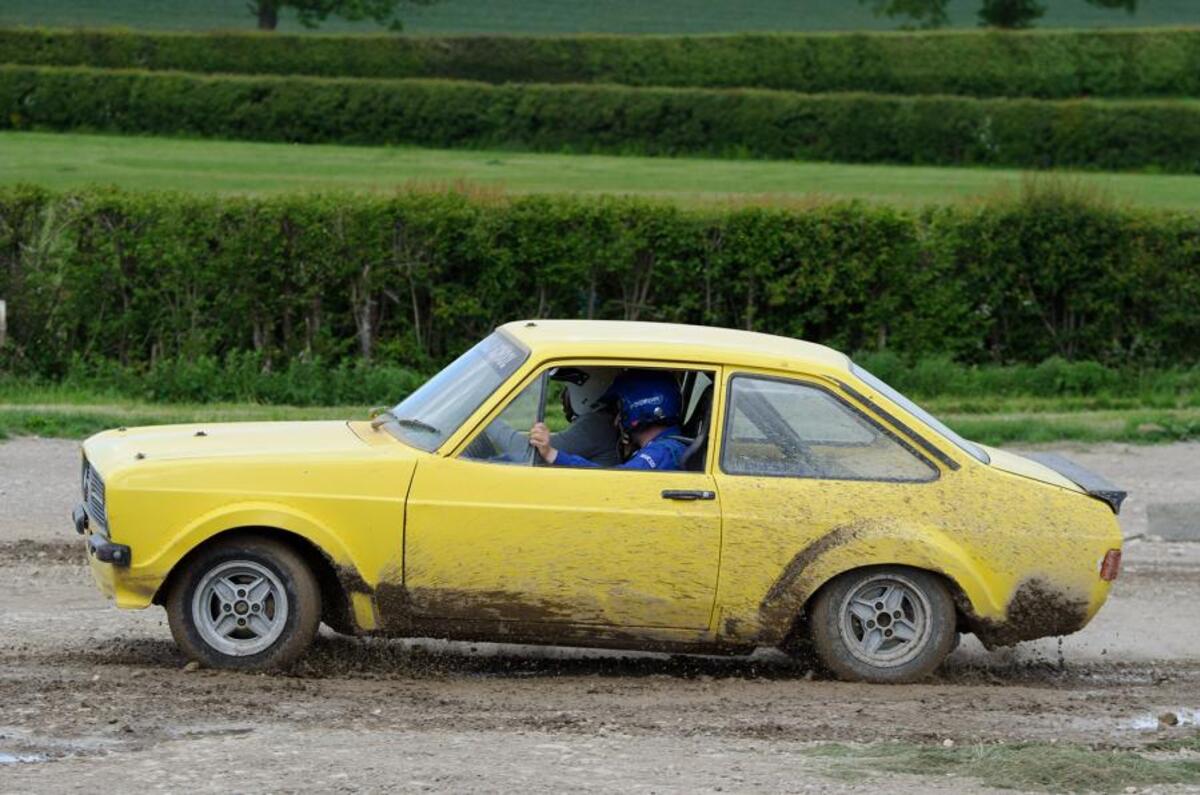
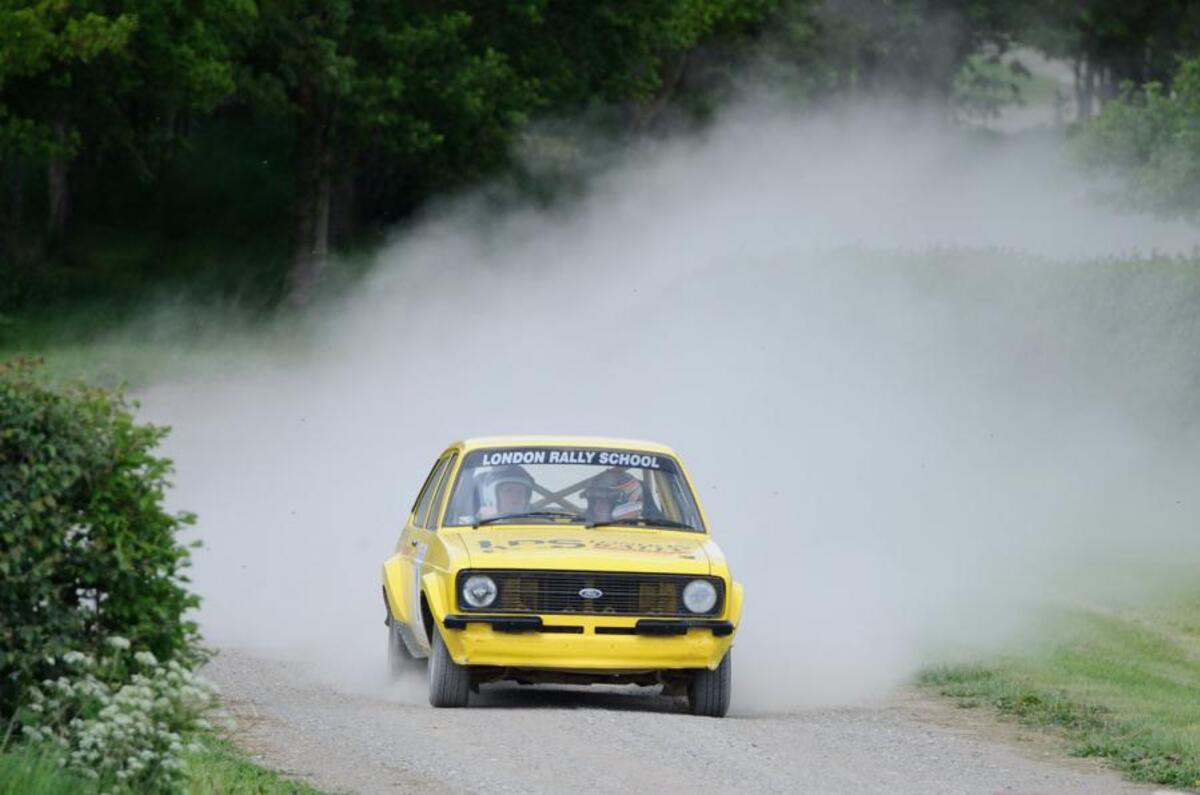
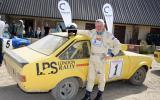
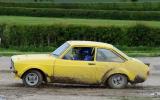
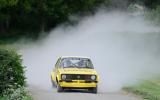






Add your comment